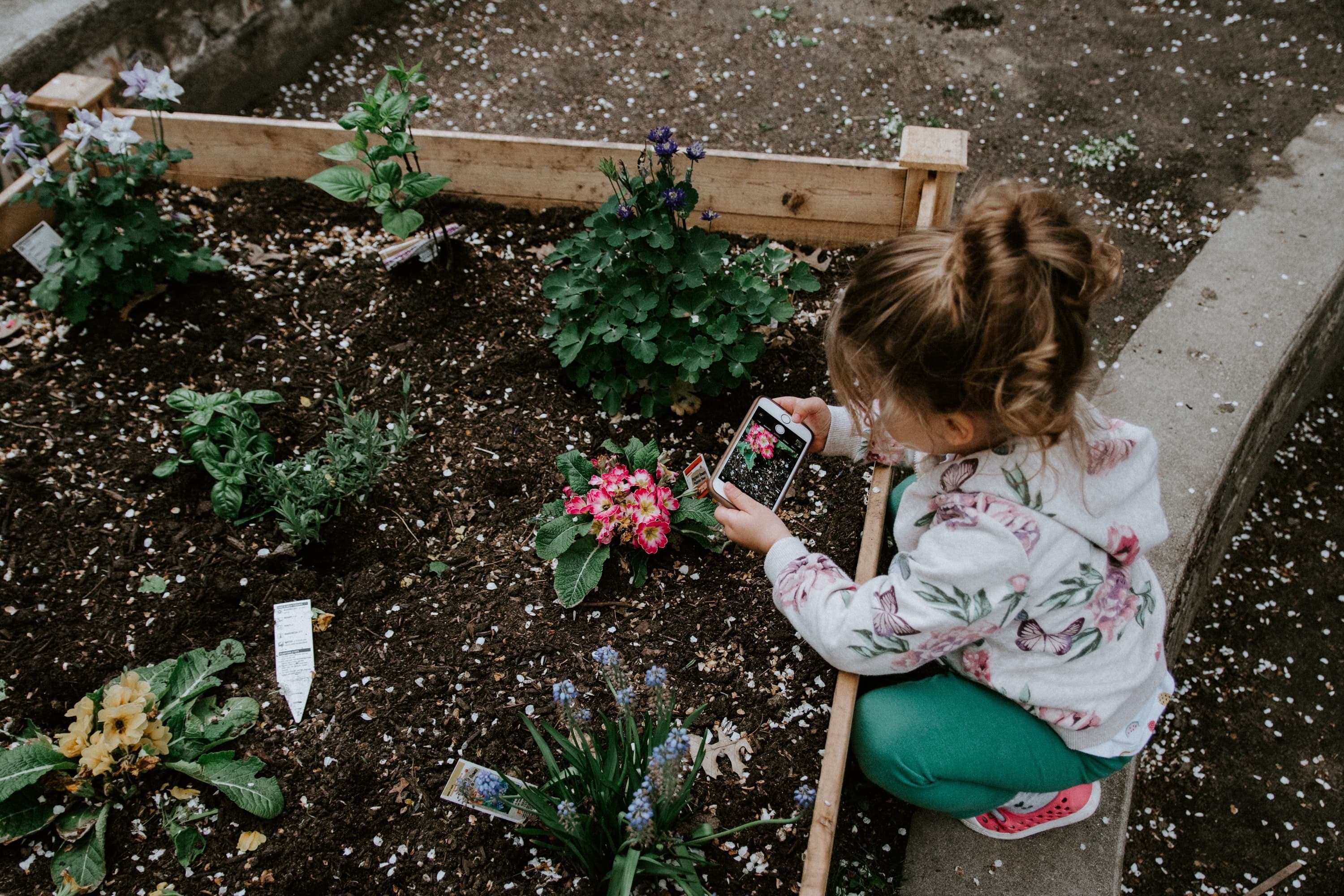“Plant technology, harvest opportunities”
By Ruta N -
— “Teacher, the thing is, we’re going to dedicate ourselves to programming once we graduate. We really like it, we want to become engineers, and we’re learning a lot here.”
Juan Fernando Salazar and Jefferson Farley Arango, ninth-grade students at Lusitania Paz de Colombia Educational Institution in San Cristóbal, already know they want to pursue a career in technology. Johan Alexis Ríos was amazed when he first encountered the world of programming: “The codes were like another language, and we could communicate with the HaloCode, which felt like a being from another planet,” he said. Meanwhile, Henry Ruiz, Juan José Correa, and Briseth Marín found the perfect place to continue exploring and deepening their interest in programming: their school garden—and the ones in their own homes.
Where did all this come from? From their participation in the School Gardens Program, part of the Inspiration Pilot for IT Talent, a project where Ruta N, the EAFIT Children’s University, and three educational institutions from Santa Elena and San Cristóbal in Medellín came together for a shared goal: to spark children’s interest in Fourth Industrial Revolution technologies while strengthening the rural culture of each township.
Through questions, games, conversations, and hands-on experimentation, the students explored a range of topics—from what plants need to grow, to how to design a garden, and even how machines and plants can communicate. They even unraveled the concept of an automated garden.
Just as plant species in nature communicate and interact through a vast mycelial network, we find a very similar network in technology: the Internet. With this in mind, 150 students and more than 20 teachers, supported by expert mentors, embarked on creating automated gardens from scratch. Their allies: Genovese basil, green onions, red radishes (and more than 30 other plant species), along with concepts such as circular economy, data analysis and visualization, the Internet of Things, Agrotech, Robotic Process Automation, and the terminology of these technologies—all in English.
“There’s a lack of appreciation for agricultural work and a disinterest among young people in continuing this great legacy. So, linking agricultural work with technology can be a way to encourage students to learn about these topics and see how technology can strengthen agricultural processes,” said Andrés Monsalve, a teacher at Presbítero Juan J. Escobar Educational Institution.
Both students and teachers embraced the school gardens as laboratories to explore various areas of knowledge while reaffirming the idea that technology, far from distancing humanity from nature, can actually help reconnect us with it.